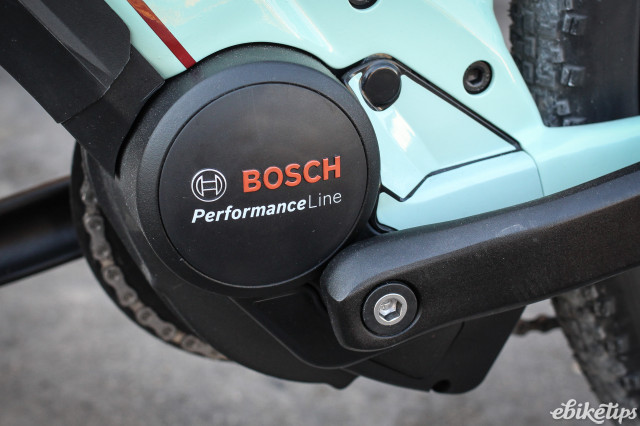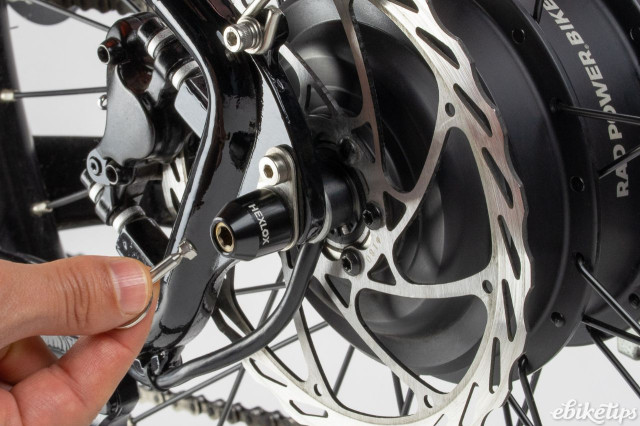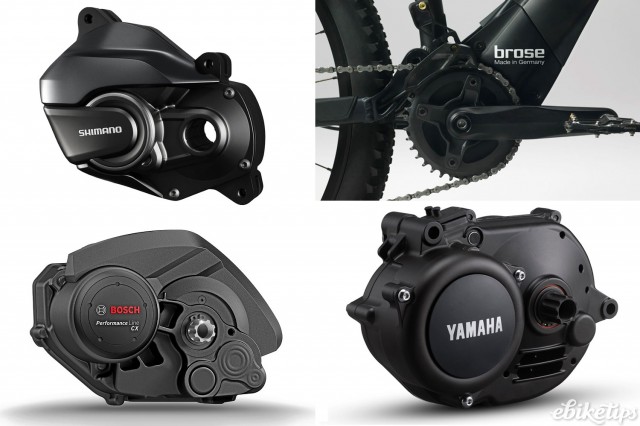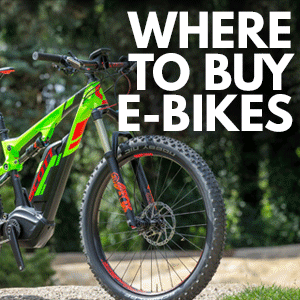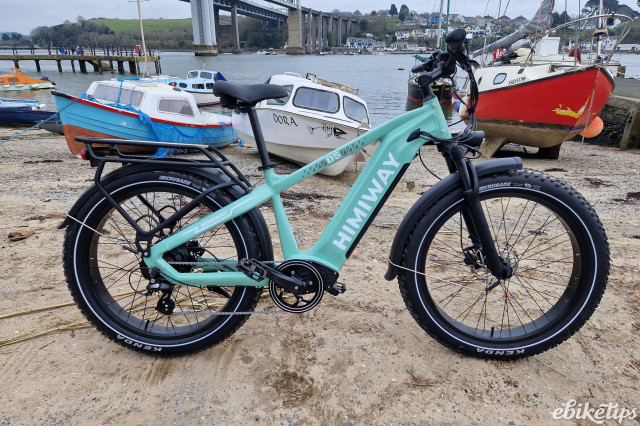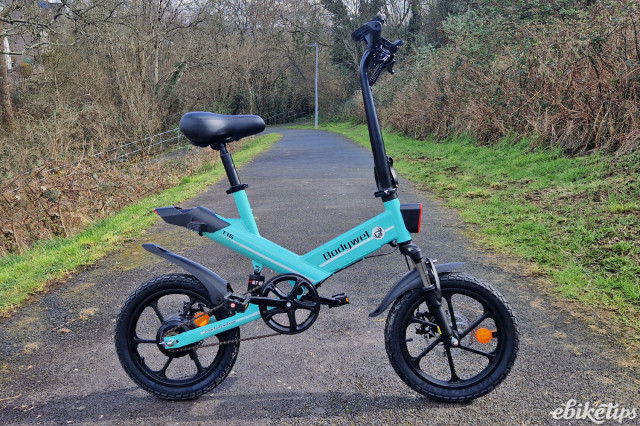Ernst Brust has been described as one of the most renowned and knowledgeable e-bike experts in Germany and, according to Bike Europe, he has recently been pressing for e-bike motor manufacturers to incorporate Bluetooth interfaces, "to make it easier to identify manipulated motors."
Brust was representing German testing and accreditation outfit Velotech at a battery technology conference organised by the Criminal Investigation Department in the city of Würzburg, Germany where he made the remarks.
The Velotech expert noted that such technology would aid police in identifying illegally fast e-bikes - in other words if the police can't catch speeding e-bikes in the act they can always rely on Bluetooth tech for after the event analysis.
“If the police can read via Bluetooth that the output of an e-bike motor is more than 12 watt hours per kilometer, then the motor is tuned. The normal output is 5 to a maximum of 10 watt hours per kilometer,” said Brust.
> Illegal electric bikes seized and arrests made in Cardiff crackdown
He also highlighted the labour saving aspects of Bluetooth speed tuning detection, saying: “Due to the variety of tuning kits, proving whether a motor has been tampered with or not is very time-consuming; you have to open the engine and require specialist know-how. The interface would greatly simplify everything and contribute to security.”
Speed detection also means fire safety
It was also made clear at the conference that the direct physical danger of illegally fast e-bikes isn't the only potential problem they cause. The increased demands of extra speed on an e-bike battery that may not be rated for the higher discharge rates required means extra stress on the battery and an extra fire risk.
The Würzburg conference also saw Brust issue a warning against repairing e-bike batteries, another potential source of battery fires. We have already looked at the options for a rider with an end of life or non-functioning battery as it can be a major issue for consumers - especially where original replacement batteries are no longer available.
> E-bike industry moves to prevent people hacking their e-bikes for more speed
Brust's comments add yet another thread to the speed debate that often surfaces within the industry and indeed on this website. Two eternal questions under debate appear to be, is the industry doing enough to prevent tuning and is the current 15.5mph EU/UK assist limit too low for practical purposes when many non-electric bikes travel at more than this speed anyway.
